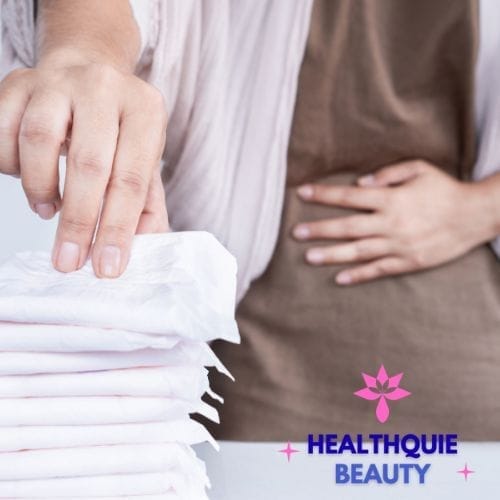
Menstrual Cramps
Menstrual Cramps Relief
Pharmacy Solutions vs. Natural Options
Menstrual cramps, also known as dysmenorrhea, are a common issue faced by many women during their monthly periods.
The pain can range from mild discomfort to debilitating cramps that interfere with daily activities.
In this article, we’ll explore both pharmacy-based solutions and natural remedies to relieve menstrual cramps, helping you choose what’s best for your body and lifestyle.
What Causes Menstrual Cramps?
Menstrual cramps are typically caused by uterine contractions.
During menstruation, the uterus contracts to shed its lining, and in doing so, releases hormone-like substances called prostaglandins.
High levels of prostaglandins can trigger more intense contractions and increased pain.
Some women experience primary dysmenorrhea (not related to any underlying condition),
while others may suffer from secondary dysmenorrhea caused by conditions like endometriosis, fibroids, or pelvic inflammatory disease (PID).
Pharmacy Solutions for Menstrual Cramps
Pharmacist-recommended medications can provide fast and effective relief from menstrual pain.
Here are some common options:
1. Nonsteroidal Anti-inflammatory Drugs (NSAIDs)
Examples: Ibuprofen, Naproxen
How They Work: NSAIDs reduce prostaglandin production, which in turn reduces inflammation and pain.
Dosage: Always follow your pharmacist's or doctor’s guidance. Usually, starting NSAIDs at the onset of cramps or just before your period begins is most effective
2.acetaminophen(Paracetamol)
Example: Tylenol
How It Works: Reduces pain, but not inflammation. May be less effective than NSAIDs for severe cramps.
3. Oral Contraceptives
How They Help: Birth control pills regulate hormones and can reduce the severity and duration of menstrual cramps over time.
Note: Must be prescribed by a healthcare provider and used consistently.
4. Magnesium Supplements
Role: Some studies suggest magnesium can help relax uterine muscles and reduce prostaglandin levels.
Consult your pharmacist before starting any supplement.
5. Topical Pain Relievers
Examples: Heat rubs or pain relief patches that contain menthol or capsaicin.
Benefit: Provide localized relief with fewer systemic side effects.

Natural Remedies for Menstrual Cramps
Many women prefer or supplement medications with natural methods.
These approaches aim to support the body gently and holistically:
1. Heat Therapy
Method: Use a heating pad or hot water bottle on your lower abdomen.
Effectiveness: Studies show heat can be as effective as NSAIDs in some cases.
2. Herbal Teas
Popular Choices: Chamomile, ginger, cinnamon, or fennel tea.
Benefits: Anti-inflammatory and soothing properties.
Ginger has been shown to reduce menstrual pain comparably to ibuprofen in some studies.
3. Regular Exercise
Types: Walking, light cardio, yoga, stretching.
Why It Works: Increases endorphins, reduces stress, and improves blood flow to pelvic organs.
4. Dietary Adjustments
Foods to Include: Omega-3-rich foods (like salmon or flaxseed), leafy greens, whole grains.
Foods to Avoid: Excess caffeine, salt, sugar, and alcohol can worsen inflammation and bloating.
5. Essential Oils & Massage
How to Use: Massage the abdomen with diluted essential oils like lavender or clary sage.
Effect: May reduce pain intensity and improve relaxation.

⚠️ When to See a Doctor
While menstrual cramps are common, you should seek medical advice if:
The pain interferes with your daily life regularly
OTC medications are not effective
You experience other unusual symptoms like heavy bleeding or pelvic pain outside of your cycle
Conditions like endometriosis, fibroids, or pelvic inflammatory disease could be the cause and need proper diagnosis
